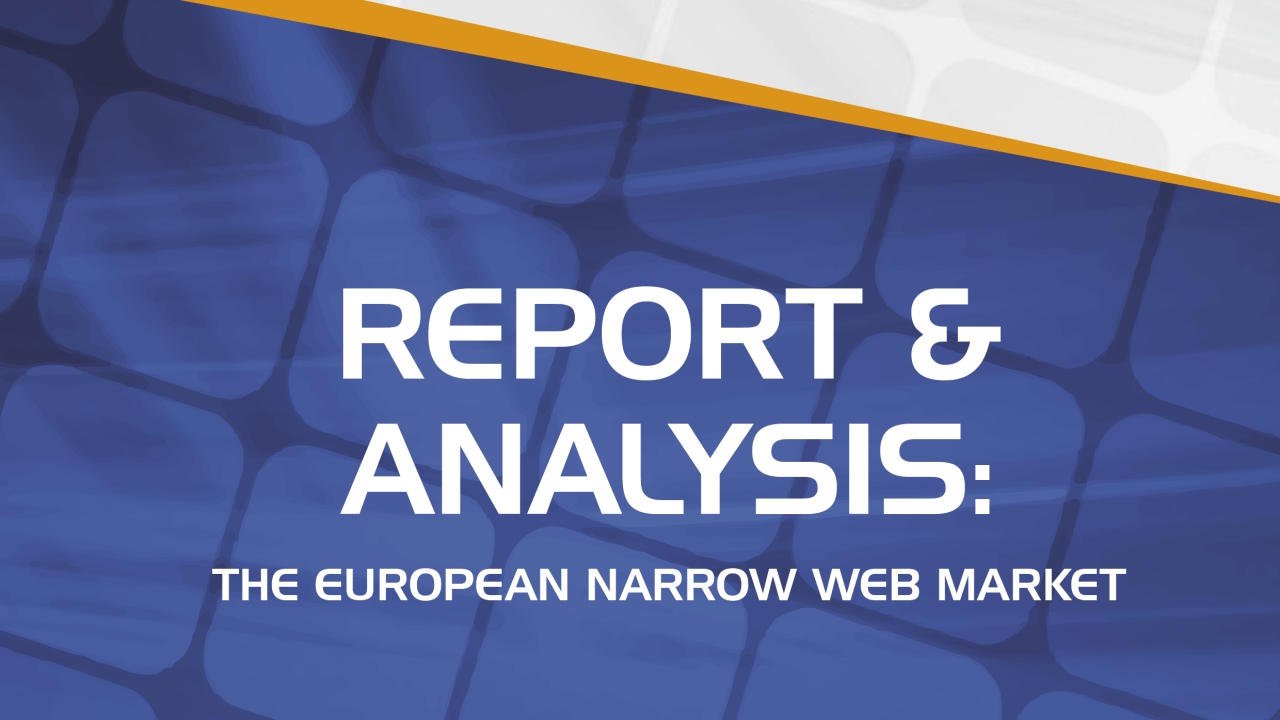Complexity and functionality driving label development
Prime labels are becoming increasingly complex and non-prime labels are becoming increasingly functional, according to the latest Finat Radar report.

The latest, and eighth edition, of Finat Radar looks at current marketplace factors impacting the European label industry, including the impact on the label supply chain, from raw material suppliers to label converters, and industry customers.
It also reports that the Eurozone economy continues to perform robustly and a recovering labor market and healthy external demand continue to support ongoing label sector growth. This is encouraging brands to seek more ways to connect with their customers – among them is via the types of package decoration they conceptualize and push through the supply chain.
Finat president Chris Ellison commented: ‘More and more, we are seeing labels become a way for brands to achieve a market-specific approach late in the supply chain. This means shorter runs as SKUs proliferate, and the ability for a label converter to turn around a job quickly given late-stage new design and/or label functionality requirements.’
Ellison explains that this remains one of the forces driving digital press adoption and influences the ways marketing and R&D departments create campaigns and strategize ways to speak to, and captivate, consumers.
‘When asked which printed packaging sector delivers the most innovation, again and again brands claim their label suppliers offer more innovation and agility over their flexible packaging, carton and corrugated suppliers,’ concluded Ellison. ‘Ours is an industry of change but the future remains bright for labels.’
Published twice a year to Finat members, Radar is an in-depth profile of the complex and diversified European label industry. The report brings together focused research and analysis, conducted by market research company LPC.
Stay up to date
Subscribe to the free Label News newsletter and receive the latest content every week. We'll never share your email address.

